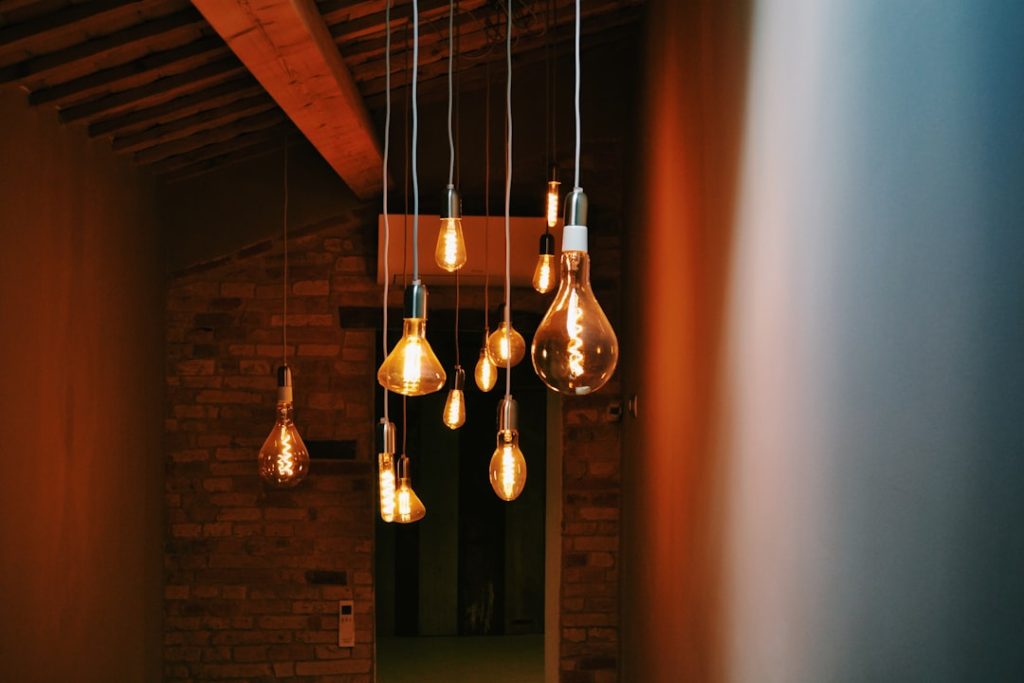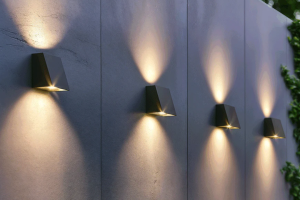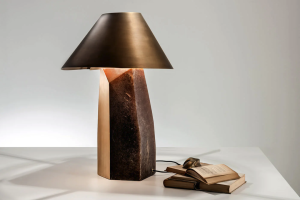Soft lighting is a technique that produces a gentle, diffused illumination, contrasting with harsh, direct light. This method is commonly employed in photography and cinematography to achieve a natural and flattering appearance. Various tools and techniques can create soft lighting, including diffusers, reflectors, and specialized light sources.
The primary goal of soft lighting is to minimize harsh shadows and create smooth transitions between light and dark areas. This lighting style is particularly effective for portraits, still life photography, and situations requiring a soft, flattering glow. The use of soft lighting extends beyond visual media, playing a significant role in interior design and home decor.
It is known for creating a warm, intimate atmosphere that can make spaces feel cozy and inviting. Research has demonstrated that soft, Zbola warm lighting can have positive effects on mental well-being, including stress and anxiety reduction, promotion of relaxation, and improvement of overall mood. Understanding and implementing soft lighting principles can enhance both the aesthetic appeal of photographs and the comfort of living spaces.
Choosing the Right Light Source
Natural Light vs. Artificial Light
However, if natural light is not available or practical, artificial light sources can also be used to achieve soft lighting. Softboxes, umbrella lights, and LED panels are popular choices for creating soft, diffused light in photography and videography.
Color Temperature and Soft Lighting
When choosing a light source for soft lighting, it’s important to consider the color temperature of the light. Warm, golden tones are often preferred for creating a cozy and inviting atmosphere, while cooler tones can create a more modern and refreshing look. LED lights with adjustable color temperature are a versatile option for achieving the desired warmth or coolness in soft lighting.
Size and Shape of Light Source
Additionally, the size and shape of the light source can also affect the quality of the soft light produced. Larger light sources tend to create softer, more flattering illumination, while smaller sources can create more defined shadows.
Positioning the Light for a Flattering Glow
The positioning of the light source is crucial for achieving a flattering and natural-looking glow. In general, placing the light at a 45-degree angle to the subject can create soft, even illumination with minimal shadows. This positioning is often used in portrait photography to create a flattering glow on the subject’s face.
Additionally, adjusting the height of the light source can also affect the quality of the illumination. Placing the light slightly above the subject can create a gentle, downward-facing glow that minimizes harsh shadows under the eyes and chin. In addition to the angle and height of the light source, the distance from the subject also plays a role in creating soft lighting.
Moving the light source closer to the subject can create a more intense and dramatic glow, while placing it further away can produce a softer, more diffused illumination. Experimenting with different distances and angles can help you achieve the desired look for your photographs or interior design projects. Understanding how to position the light source effectively is essential for creating a flattering and natural-looking glow.
Using Diffusers and Reflectors
Diffusers and reflectors are essential tools for creating soft lighting in photography and cinematography. Diffusers are used to scatter and soften the light, reducing harsh shadows and creating a gentle, diffused glow. They come in various forms, such as umbrellas, softboxes, or translucent panels, and can be attached to artificial light sources or used with natural sunlight.
Reflectors, on the other hand, are used to bounce and redirect light onto the subject, filling in shadows and creating a more even illumination. In addition to their practical function, diffusers and reflectors can also add a creative touch to your lighting setup. They come in different shapes, sizes, and materials, allowing you to experiment with various effects and styles.
For example, using a silver reflector can create a cooler, more intense glow, while a white reflector can produce a softer, warmer illumination. Understanding how to use diffusers and reflectors effectively can help you achieve the desired look for your photographs or videos.
Adjusting the Intensity of the Light
Controlling the intensity of the light is essential for achieving soft lighting. In photography and cinematography, this can be achieved by adjusting the power output of artificial light sources or by manipulating natural sunlight through diffusers and reflectors. Dimmer switches or adjustable LED panels are useful tools for controlling the intensity of artificial light sources.
In interior design, using lamps with dimmable bulbs or adding lampshades can help create a soft, inviting atmosphere with adjustable illumination. Understanding how to adjust the intensity of the light allows you to create different moods and effects in your photographs or interior spaces. For example, lowering the intensity of the light can create a romantic and intimate atmosphere, while increasing it can add drama and impact to your images.
Experimenting with different intensities of light can help you achieve the desired look for your creative projects.
Incorporating Ambient Lighting
Enhancing Photography with Ambient Light
In photography, using ambient light as a fill light can help soften shadows and create a more even illumination. Understanding how to balance ambient lighting with artificial light sources is essential for achieving soft illumination. For example, using curtains or blinds to control natural sunlight can help create a gentle, diffused glow in interior spaces.
Positioning for Optimal Ambient Light
Positioning the subject near a window or using reflective surfaces to bounce ambient light onto the subject can create a flattering and natural-looking glow. This technique allows you to take advantage of the soft, gentle light that ambient lighting provides.
Creating a Soft and Inviting Atmosphere
Incorporating ambient lighting into your creative projects allows you to achieve a soft and inviting atmosphere. By mastering the use of ambient light, you can create a warm and welcoming environment that enhances the overall mood and aesthetic of your photography or interior design projects.
Experimenting with Different Angles and Positions
Experimenting with different angles and positions of the light source is essential for achieving soft lighting. In photography and cinematography, this can involve moving the light around the subject to find the most flattering angle and position. For example, placing the light slightly off to the side can create a gentle, sculpting effect on the subject’s face, while positioning it directly in front can produce a more even illumination.
Understanding how different angles and positions affect the quality of light allows you to create a variety of looks and styles in your creative projects. In interior design, experimenting with different angles and positions of lamps and fixtures can help create a soft and inviting atmosphere. Placing lamps at varying heights and distances from walls or furniture can create interesting patterns of light and shadow, adding depth and dimension to interior spaces.
Additionally, using adjustable lamps or fixtures allows you to experiment with different angles and positions to achieve the desired look for your home decor. Understanding how to experiment with different angles and positions of light sources is essential for creating soft illumination in photography and interior design. In conclusion, understanding how to achieve soft lighting is essential for creating flattering and natural-looking illumination in photography and interior design.
By choosing the right light source, positioning it effectively, using diffusers and reflectors, adjusting its intensity, incorporating ambient lighting, and experimenting with different angles and positions, you can achieve a variety of looks and styles in your creative projects. Whether you’re capturing beautiful portraits or enhancing the atmosphere of your home decor, mastering the art of soft lighting allows you to create inviting and visually appealing spaces.




More Posts
Upgrade Your Outdoor Space with a Modern Solar Wall Lamp
Enhance Your Space with a Blue Crystal Table Lamp
Enhance Your Space with the Artivo Brass Dressing Table Lamp